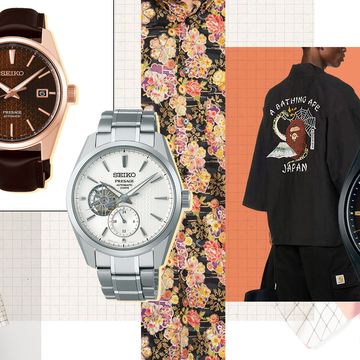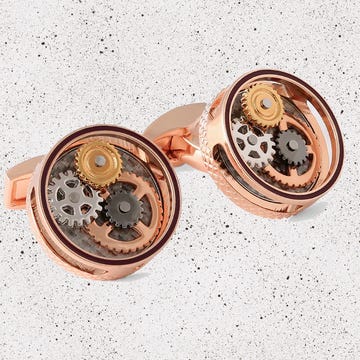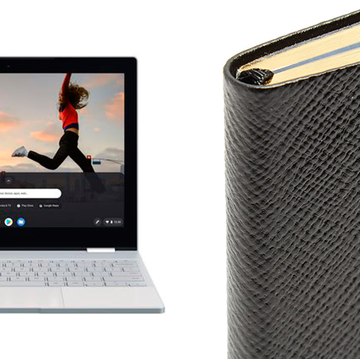It's time to get the knives you and your kitchen deserve. We've sourced the 5 best blades (and how to keep them sharp).
Any chef will tell you good food starts with good ingredients. He will add that decent cooking starts with decent tools.
If you use one knife for everything from dicing broccoli to slicing bread, you’re making life harder for yourself. All kitchens should have five knives — six if you count a steel, for honing (see below). Forget block sets; buy fewer and better knives.
They should have heft, and the blade shouldn’t buckle. The best are made from one sheet of high-carbon steel or stainless steel. Keep them clean, avoid the dishwasher and hone after every use. A good knife should last for life.
1 | Cleaver
Used to butcher or debone big cuts of meat, the cleaver is designed to withstand repeated blows to cartilage, thick meat and bone. Henckels is a German steel brand known for its toughness: use the side of the knife to crush peppercorns, cloves and garlic. Henckels four star cleaver, 15cm, £86
2 | Filleting knife
A slim-bladed knife, vital if you prepare a lot of meat, fish or game. The flexible blade will also trim the fat from joints and is particularly good at boning poultry; use it to work round the bigger bones. We rate this model from Porsche. Chroma Porsche filleting knife, 19cm, £67
3 | Paring knife
The nippy dependable of the kitchen, used to peel, cut and chop fruit and vegetables. Crafted from high-grade steel, Haiku knives are durable and very sharp: exactly what you want from a paring knife. Also useful for cutting off the string on your roast chicken. Haiku paring knife, 8cm, £54
4 | Bread knife
The serrated edge is there for two reasons: to get through crusts and to give your chef’s knife a break. Another Japanese brand, this one comes endorsed by Heston Blumenthal, who uses them at The Fat Duck, where the bread is presumably made from clouds and kryptonite. Tojiro Senkou bread knife, 24cm, £137
5 | Chef’s knife
The all-rounder, a real kitchen workhorse. Long enough to slice, heavy enough to mince: the blade on a chef’s knife is designed to rock on the cutting board, hence its versatility. Kasumi Japanese chef’s knife, 18cm, £105
... And How to Sharpen It
Sharpening strips metal from the knife; honing realigns the edge, keeping it sharper for longer. To hone, rest the tip of the steel on a chopping board. Hold the knife crossways to the steel, with the back of the blade (the part nearest the handle) touching the steel. Pull the knife down, maintaining a 20° angle. Repeat 10 times, alternating between left and right sides of the knife.
Global diamond sharpening steel, 26cm, £125









